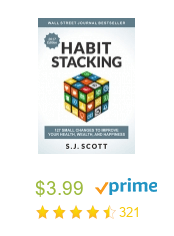
8 Steps To Resolve A Conflict Successfully

How To Handle Conflict In The Workplace
Conflict - even the word can make your stomach tighten into knots. If there's conflict around you, whether it directly involves you or not, you may not be able to do your best work. If the disagreement is on a personal level, it can affect your home life as well as what happens on the job. Effective conflict resolution is a skill that everyone can benefit from learning.
Most conflicts occur because someone doesn't respond to another's actions in a conventional manner. There may be differences of opinion, or a need is not being met. Despite attempts to avoid an issue, it may not always be possible. Read on to learn these eight steps to resolve a conflict successfully.
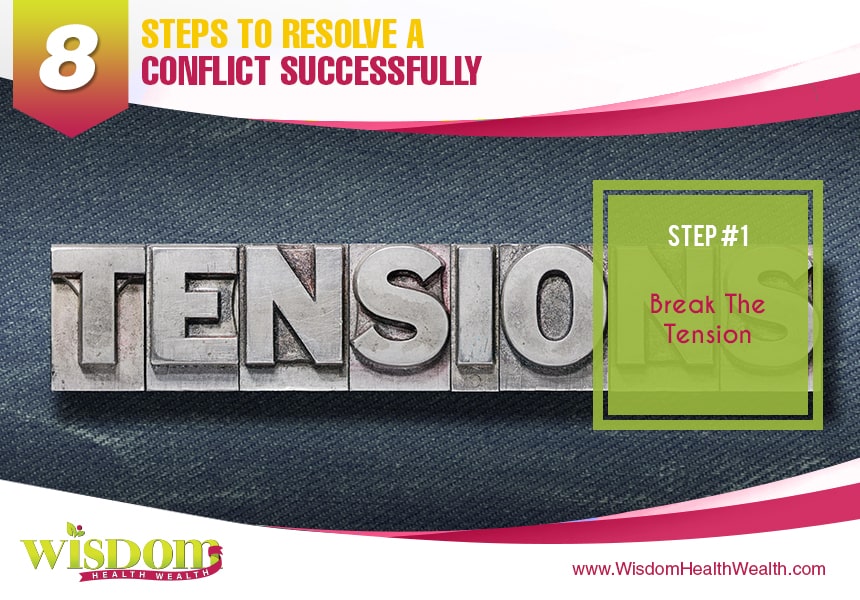
1Break The Tension
Do something completely out of character to break the tension. Laughter can go a long way toward diffusing conflict. Don't expect it to solve the whole problem. However, it will give you a chance to take a break from the anger, so you can gather your thoughts, cool down, and begin to work towards a solution.

2Adhere To Company Policy
If the problem is at work, refer to company policy. While a company may not consider every possible issue in their handbook, it may address many common issues. Using the company policy as a guideline prevents claims of favoritism.

3Quickly Act If You Can
If at all possible, avoid putting off the conflict for a more convenient time. Allowing conflict and ill feelings to remain will only serve to make your office or home stressful. It's best to deal with it immediately.
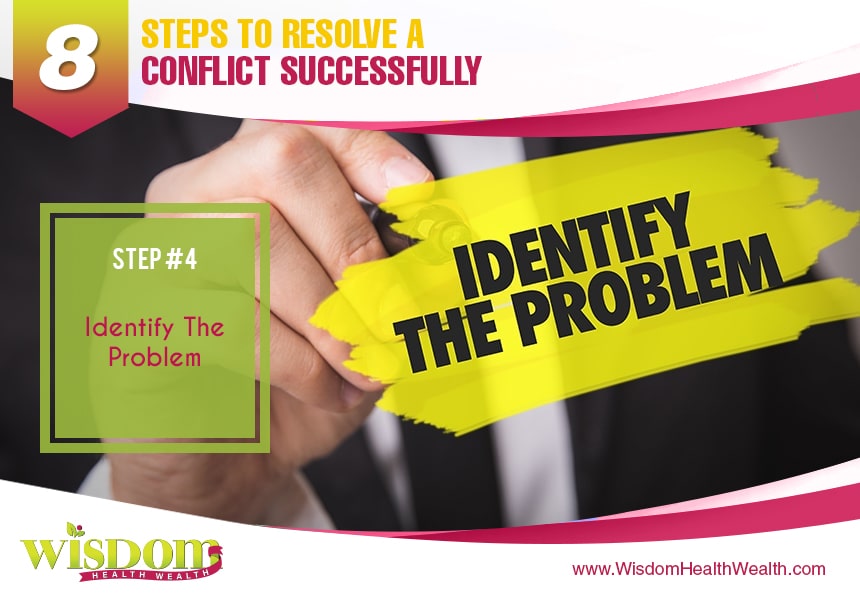
4Identify The Problem
It is the first step to resolving conflict effectively. You're not likely to solve a problem if you have no idea what it is. To determine what the problem is, talk calmly, and listen to each other without judgment.
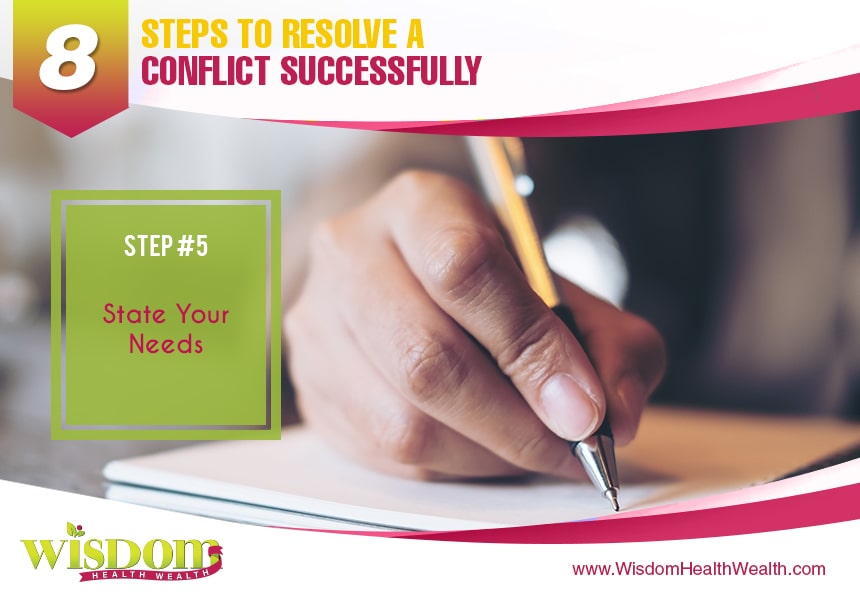
5State Your Needs
It's quite possible that the angry person doesn't know what the problem is. Each person should write down any needs that aren't being met. Do they expect a raise they haven't received, or are they not getting enough sleep? Are they dealing with a long-term illness in their family? Voicing their needs may reduce some of their anger.
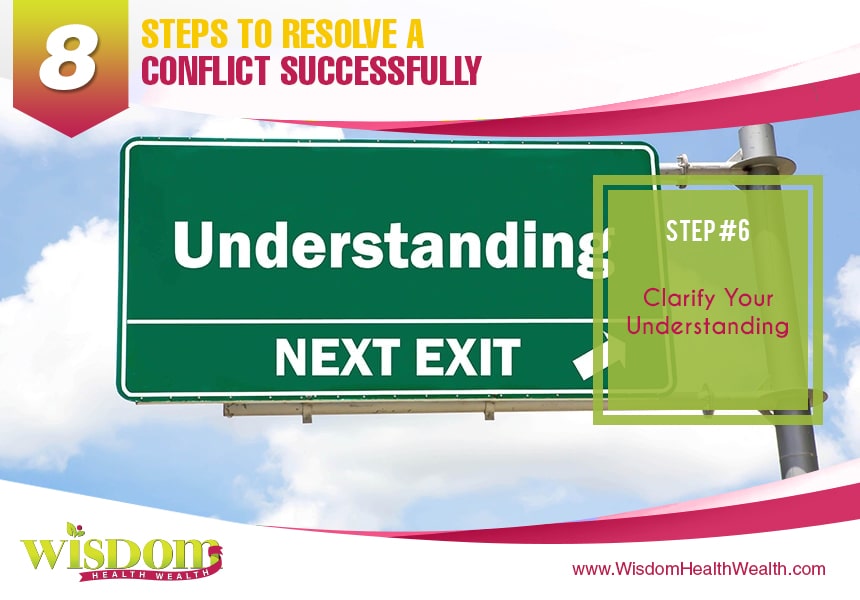
6Clarify Your Understanding
Once the problem is identified, it's time to start communicating with the "drive through" method. In this method, one person describes their side of the issue and expresses their feelings while the other person repeats back to them what they understood of their description. Then, the first person may add more information, explanation, or clarification. When the first person has said everything they need to say, it's the other person's turn. They repeat the process with the second person describing their side of the issue.
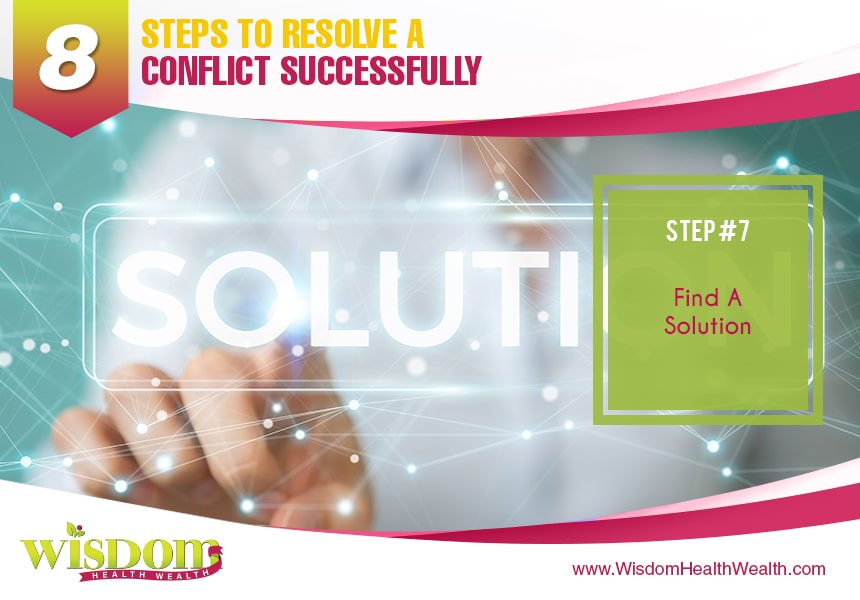
7Find A Solution
Now that you know what's bothering the other, you can work on resolving the conflict. Ask the following questions: What can be done so that both people are satisfied with the outcome? How can we work together to fix this problem? If we cannot resolve the issue right away, what can we do to work toward a resolution? When both people are more intent on finding a solution rather than arguing or fighting, you're more likely to find a solution both can be comfortable with.
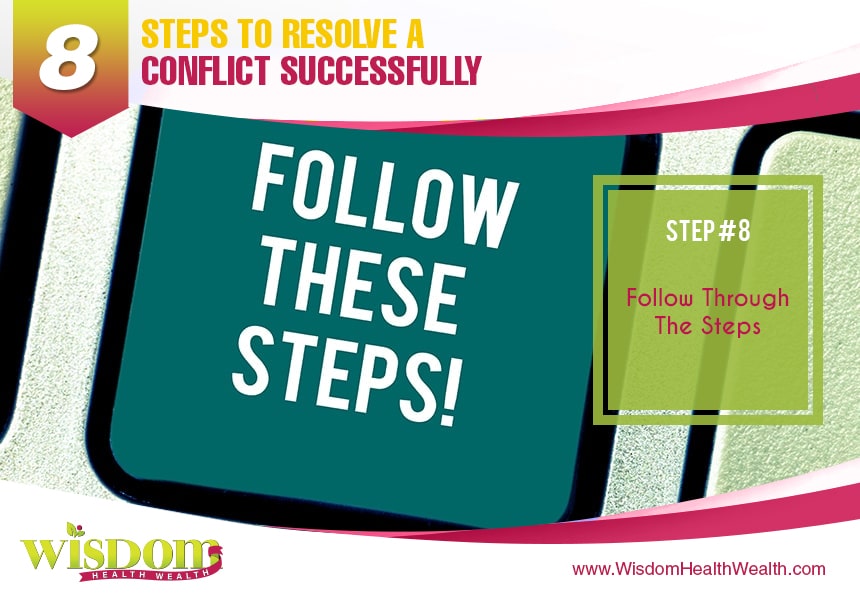
8Follow Through The Steps
Be sure to follow through with the steps necessary to solve the initial problem. If the plan is not adhered to as agreed upon, you take a chance of the old problem reappearing. You also increase the possibility of one person feeling like they were just being pacified.
Conflict resolution is a tricky business. The key is in diffusing conflict effectively and quickly. The sooner the conflict is diffused, the sooner you can work on a resolution that is a win-win proposition for everyone involved.
About Author
John Quintana
GET THE FREE MAGAZINE DELIVERED STRAIGHT TO YOU:





